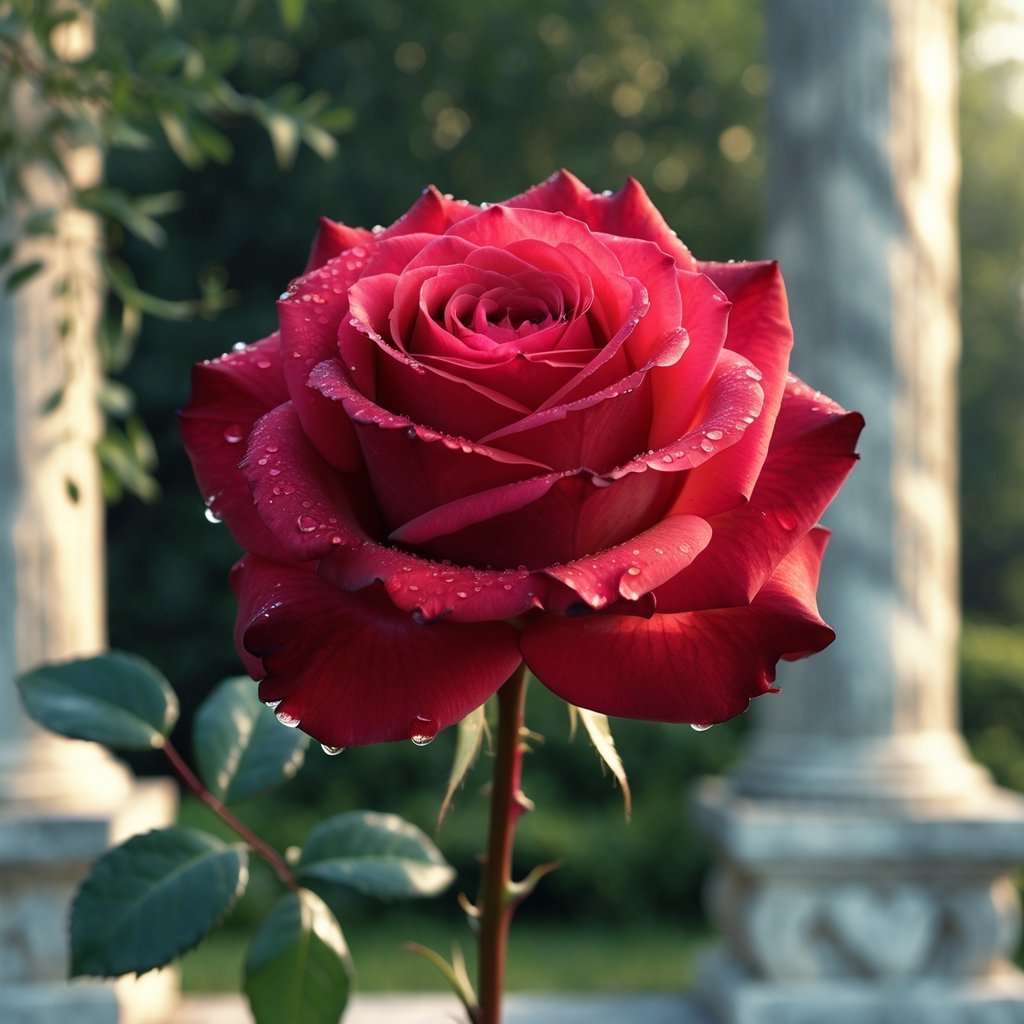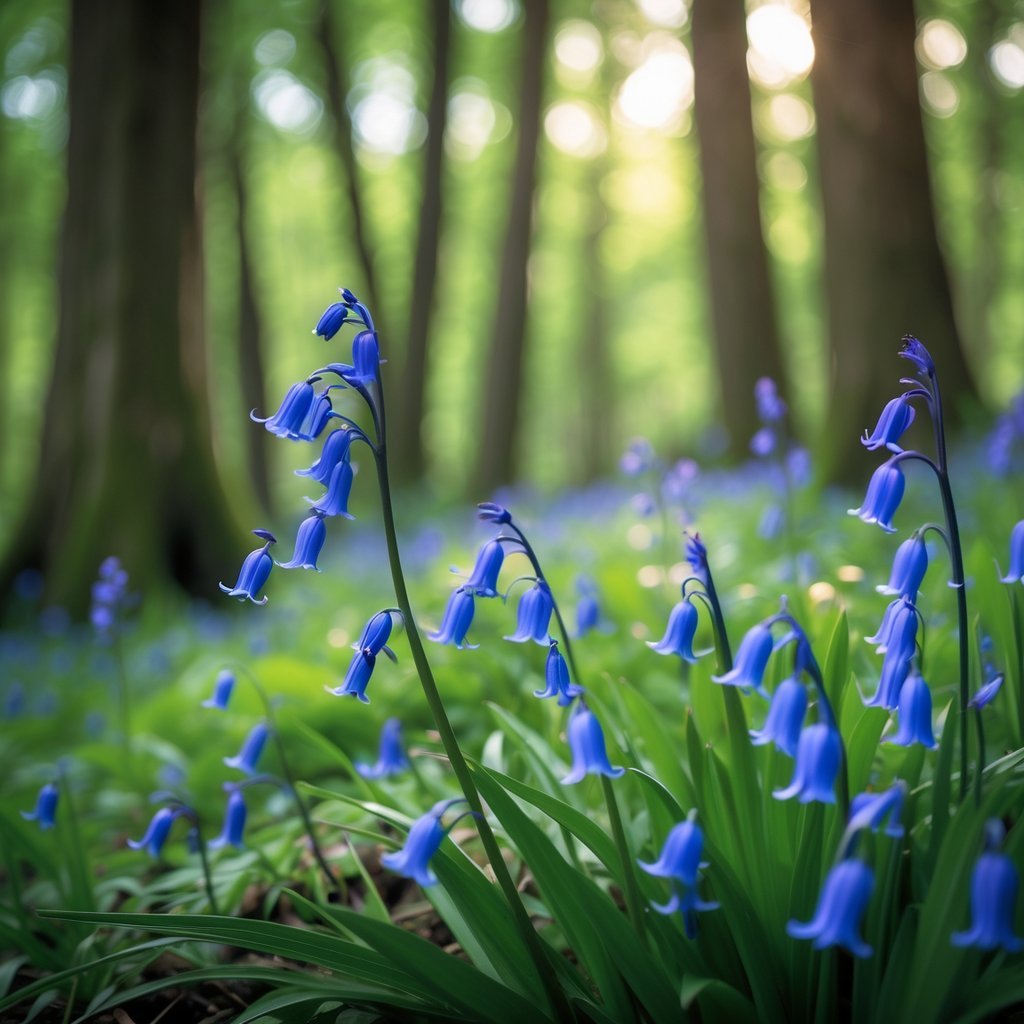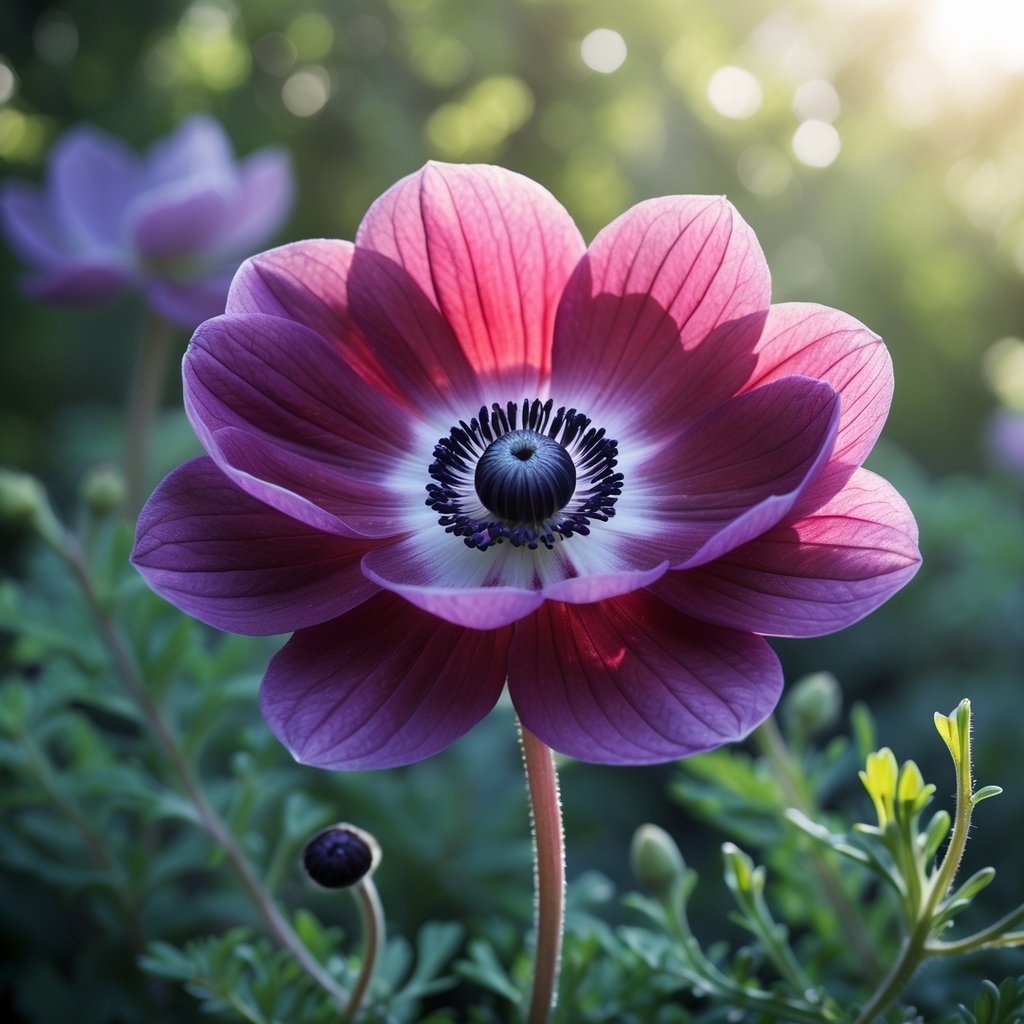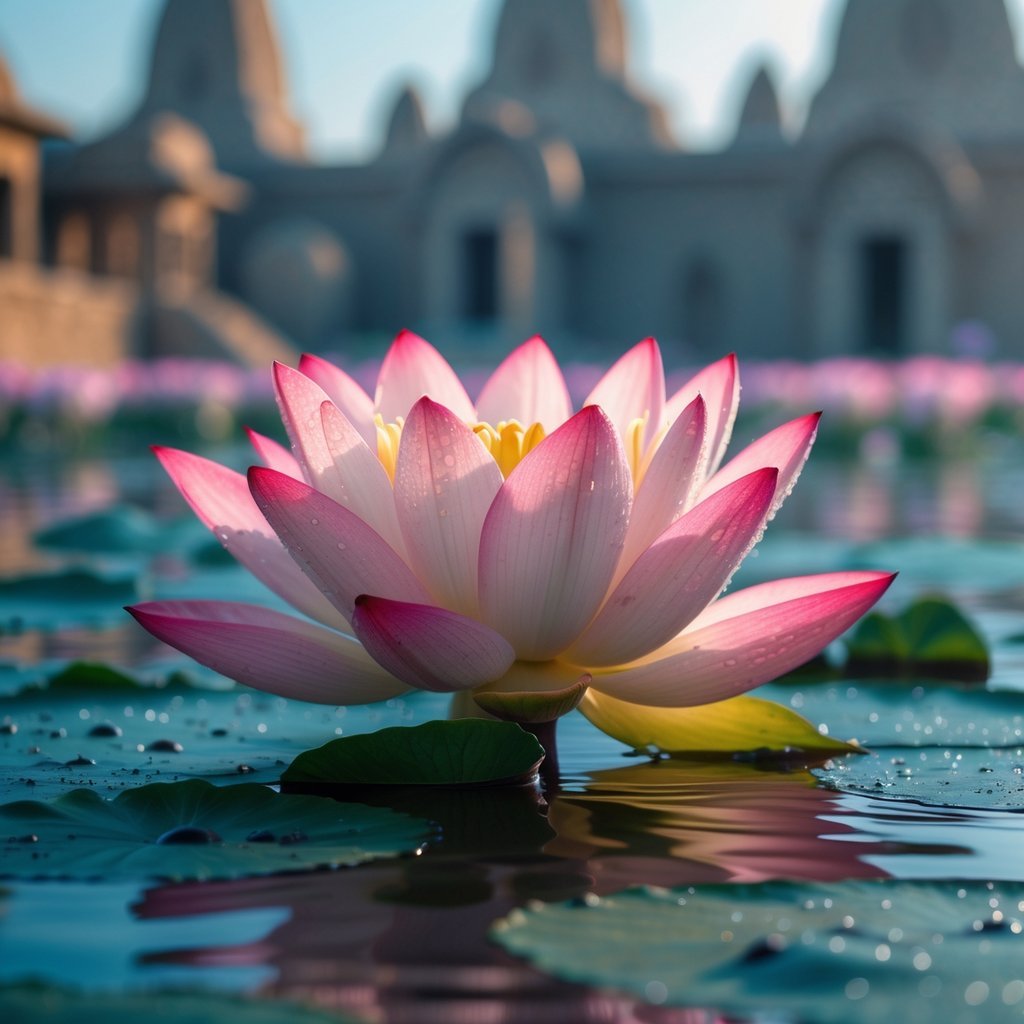PsychNewsDaily Publishers
100 Summit Drive
Burlington, MA, 01803
Telephone: (320) 349-2484
PsychNewsDaily Publishers
100 Summit Drive
Burlington, MA, 01803
Telephone: (320) 349-2484

Flowers have woven themselves into human stories for thousands of years. People across many cultures have used them to spin tales about gods, heroes, and magical happenings.
These stories give flowers a meaning that goes way beyond their looks.
Here’s how six flowers connect to ancient myths and legends that shaped the way people once saw the world. Learning about them might just change how you see the blooms around you.

You probably know the rose as the classic flower of love. In Greek myths, Aphrodite, the goddess of love and beauty, claimed the rose as her own.
People said roses grew wherever she stepped after she was born from the sea. The story also ties roses to her love for Adonis.
Some say the flower sprang from her tears or from his blood. That’s why the rose feels like such a strong symbol of love and passion.
So next time you spot a rose, maybe you’ll remember it’s not just a pretty face—it carries a deep story about love and beauty that’s lasted for ages.

When you walk through a bluebell wood, some old tales claim you might hear the flowers ringing. People linked bluebells to fairies and their hidden world.
Bluebells usually show up in ancient forests, hinting the woods have stood for centuries. Folks sometimes called them “fairy flowers” because of these old stories.
In parts of Europe, people thought bluebells could warn you if you were close to the edge between our world and the fairy realm. Stepping into a patch of bluebells? Some believed you might catch a fairy’s attention.

Maybe you’ve seen the bright red anemone before, but its story is a bit heavier than it looks. In Greek myth, the anemone connects to Adonis, a young man Aphrodite loved.
A wild boar killed Adonis during a hunt. Red anemones sprang up where his blood hit the earth.
The flower stands for both his beauty and his death. Anemones remind us of love and loss, but they also bring hope.
They bloom again each spring, so they show that life can begin again after tough times. When you see anemones, maybe you’ll think of both sadness and new beginnings.

The lotus really stands out in Egyptian and Hindu stories. You’ll usually find it blooming in muddy water, but somehow it always looks spotless. That’s a pretty clear symbol of purity rising from tough places.
In Egyptian myths, the lotus links to the sun god Ra. The flower opens and closes with the sun, so people saw it as a sign of rebirth and new beginnings.
Hindu legends often show gods like Lakshmi sitting on a lotus. It stands for beauty, spiritual growth, and the idea that you can thrive even when things get messy.

You can’t miss a sunflower—they’re just so bright and bold. But their story actually comes from a bittersweet Greek myth.
Clytie, a water nymph, fell in love with Apollo, the sun god. She watched him cross the sky every day, hoping he’d notice her, but Apollo never returned her feelings.
Clytie stayed outside, always turning her face toward the sun. Her love didn’t fade, and in time, she changed into a sunflower.
That’s why sunflowers follow the sun across the sky—they’re still chasing Apollo, just like Clytie did. Next time you see a sunflower, maybe you’ll remember her story of patient, stubborn love.

Most folks know lavender for its lovely scent and that soothing vibe it brings. Back in the day, people really believed it could keep evil spirits at bay and help bring peace.
People put lavender around their homes to chase away bad energy. Lighting lavender candles felt like a little extra shield against harm.
In ancient Rome, women would tuck lavender into their beds—not just for the smell, but to keep bugs away and maybe even attract a little love. Across a bunch of cultures, lavender stood for purity and devotion.
When you use lavender, you’re kind of joining this long tradition. So many before you have trusted its gentle magic to calm their minds and protect what mattered most.